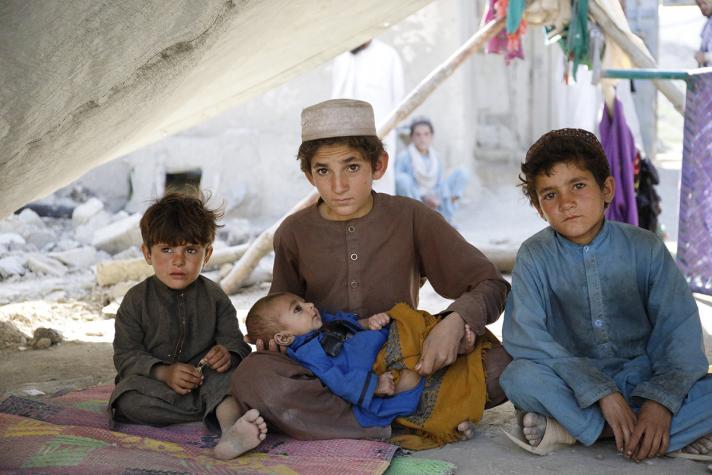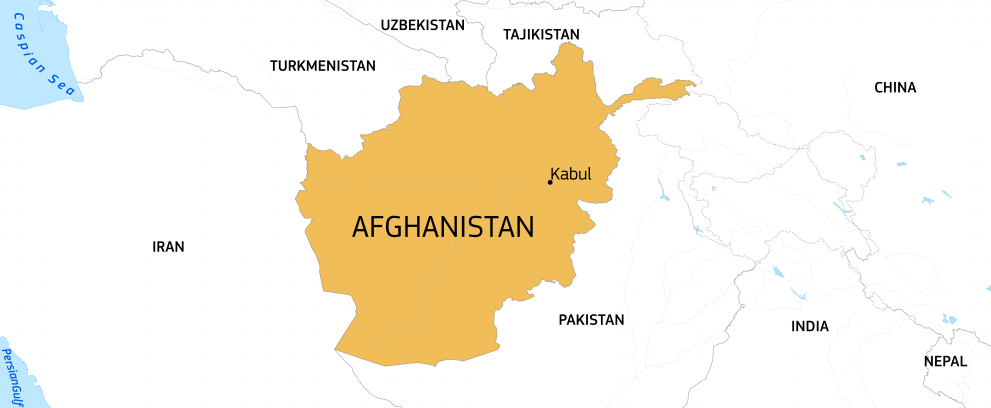Introduction
After decades of conflict, natural hazards and chronic poverty, Afghanistan is facing one of the world’s worst humanitarian crises. The situation is further fuelled by economic instability.
Over 90% of the country’s population lives below the poverty line, and around 17 million people are experiencing acute food insecurity. Millions don’t have access to safe water or appropriate health care, which makes them more vulnerable to disease outbreaks.
The humanitarian community is facing new challenges since the withdrawal of international troops and the Taliban takeover in 2021. Despite this, the EU continues to provide life-saving assistance in Afghanistan.
EU humanitarian aid is in line with the humanitarian principles, with meaningful participation of women, and always directly to the Afghan people.
What are the needs?
Afghanistan’s already complex and protracted humanitarian situation is further aggravated by climate change, political insecurities, economic instability, and epidemics - especially infectious diseases amongst children.
Despite numerous challenges, donors and humanitarian organisations continue to deliver principled assistance to the most vulnerable people in Afghanistan.
This year, 29.2 million people require humanitarian assistance. Most of them are children and women. Moreover, 3.5 million people are internally displaced.

Around 17 million people – almost 50% of the population – suffer from high levels of acute food insecurity, and nearly 3.4 million people are at risk of famine.
More than 3 million children in Afghanistan suffer from acute malnutrition. The World Food Programme estimates that almost 50% of all children under 5 years old and a 25% of pregnant and breastfeeding women will require life-saving nutrition support in the next 12 months.

How are we helping?
The EU has been funding humanitarian operations in Afghanistan since 1994, providing close to €1.7 billion in humanitarian funding.
Given the scale of humanitarian needs, the EU’s priority is to:
- provide lifesaving assistance
- ensure access to basic services
- build the resilience of the population to crises.
In 2023, the EU has so far allocated €156.5 million in humanitarian aid to Afghanistan. This includes an initial €4.5 million support package following the series of earthquakes in October, and the additional €60 million just announced in November.
Last year, the EU mobilised €174 million in humanitarian funding.
The 2023 funding aims to provide critical relief assistance to the most vulnerable, including the victims of disasters. Interventions focus on:
- emergency food assistance
- healthcare and nutrition
- education in emergencies
- access to clean water and sanitation facilities
- shelter, non-food items, winter support
- protection services, including de-mining activities

EU humanitarian aid in Afghanistan is solely channelled through our humanitarian partners on the ground. The funding strictly adheres to the humanitarian principles of independence, impartiality and neutrality to ensure it reaches Afghans most in need.
To facilitate the delivery of lifesaving aid, the EU has transported over 1,340 tonnes of relief items through 31 Humanitarian Air Bridge flights to Kabul since August 2021. The most recent flight with nearly 100 tonnes of medical items and medicines arrived in Kabul on 7 October 2023.
After a series of earthquakes hit western Afghanistan in October, the EU launched a second Humanitarian Air Bridge to Herat. The first flight landed on 30 October, carrying 92 tonnes of essential supplies, including tents and other winter items.
In addition, the EU funding also supports humanitarian enablers in the field of logistics, coordination of humanitarian interventions and humanitarian access.
The EU has a leading role in donor coordination, unifying donor positions on key issues and most recently hosting the Humanitarian Senior Officials Meeting on Afghanistan on 13 September 2023.
Last updated: 08/11/2023

